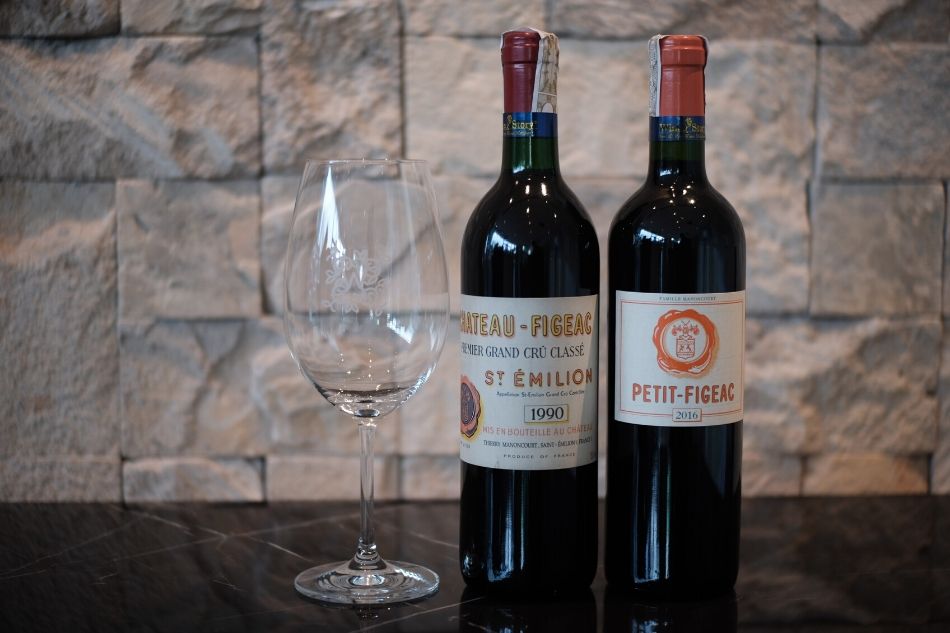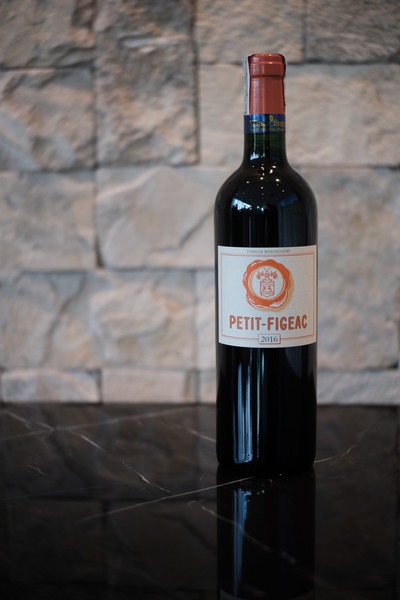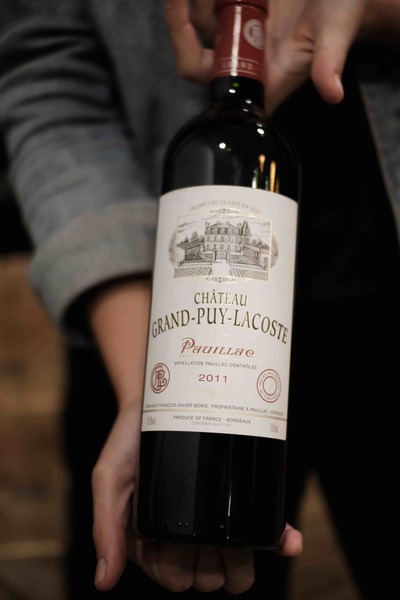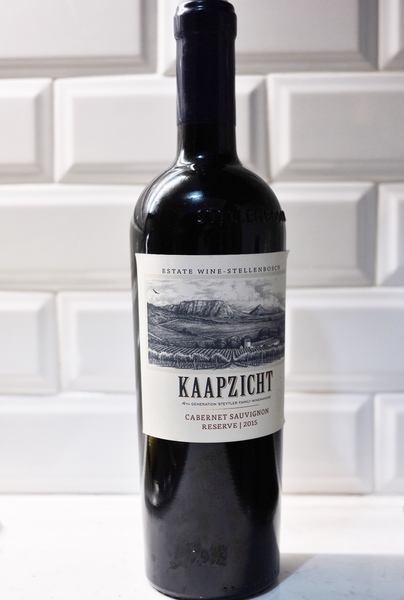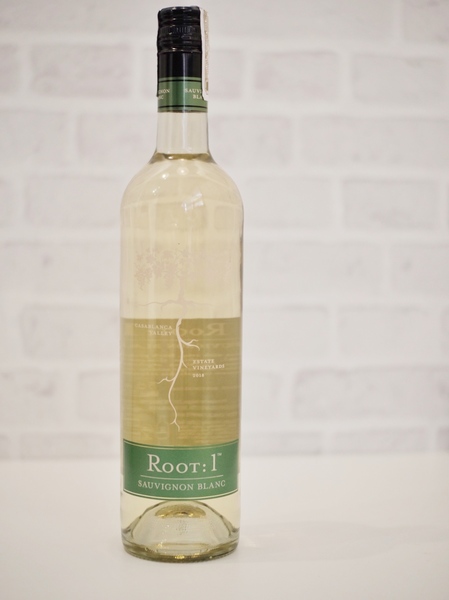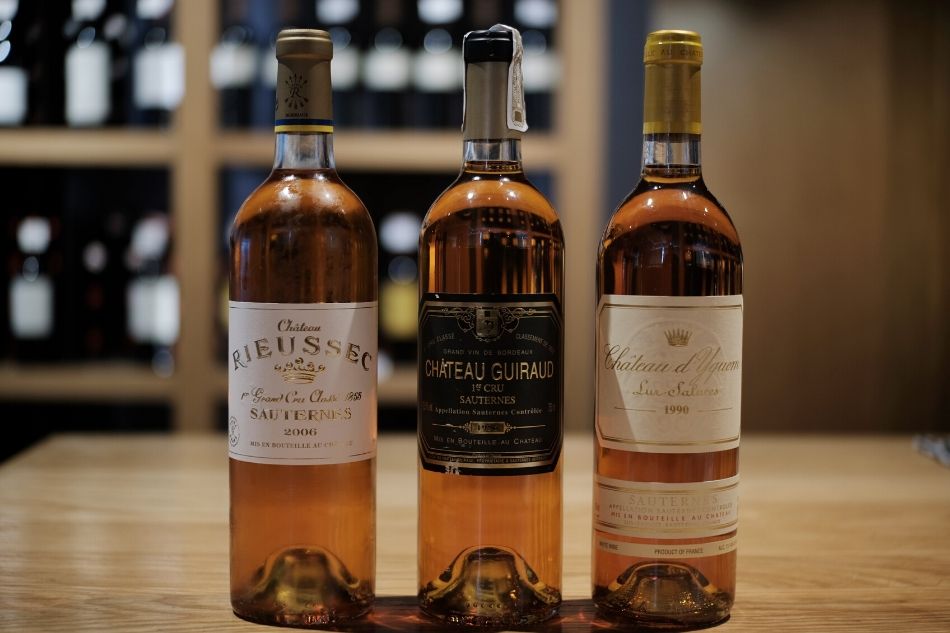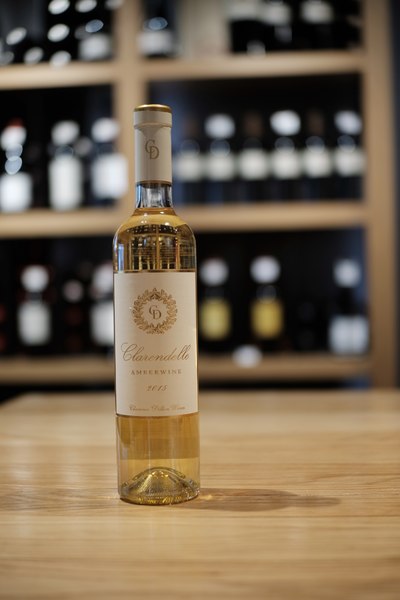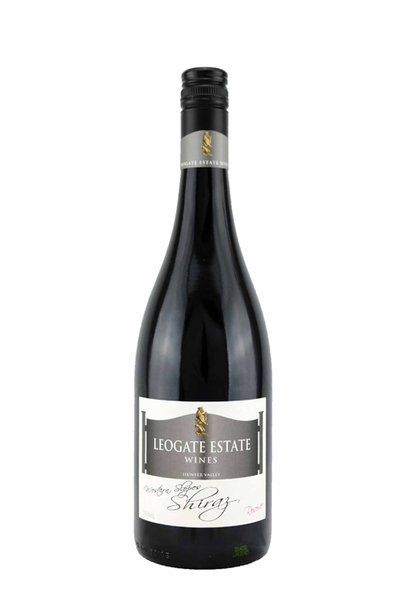Great quality substitutes for the iconic French wines you can’t afford | ABS-CBN
ADVERTISEMENT

Welcome, Kapamilya! We use cookies to improve your browsing experience. Continuing to use this site means you agree to our use of cookies. Tell me more!
Great quality substitutes for the iconic French wines you can’t afford
Great quality substitutes for the iconic French wines you can’t afford
Gail Sotelo
Published Nov 08, 2019 08:36 AM PHT
I don’t think I’m the only person in the world who has gone to a store and chosen to substitute one thing for another. There could be a myriad of different scenarios for this: I want to try a different brand of detergent for a change. I don’t have enough money at the moment and the book I want is expensive, so I’ll get the cheaper e-book version.
I don’t think I’m the only person in the world who has gone to a store and chosen to substitute one thing for another. There could be a myriad of different scenarios for this: I want to try a different brand of detergent for a change. I don’t have enough money at the moment and the book I want is expensive, so I’ll get the cheaper e-book version.
These could also apply to buying wine. For example, people could get less expensive wine of similar labels to save money, or they could substitute one wine for another because their favorite isn’t available.
These could also apply to buying wine. For example, people could get less expensive wine of similar labels to save money, or they could substitute one wine for another because their favorite isn’t available.
Whatever the reasons, being able to make smart substitutions requires a little research, plus trial and error. To save time, cash, and taste buds, I’ve listed some of my favorite wine “dupes” that will (almost) make me forget I’m not drinking the “real” thing:
Whatever the reasons, being able to make smart substitutions requires a little research, plus trial and error. To save time, cash, and taste buds, I’ve listed some of my favorite wine “dupes” that will (almost) make me forget I’m not drinking the “real” thing:
You may also like:
You may also like:
An “introductory” Bordeaux instead of an iconic label
An “introductory” Bordeaux instead of an iconic label
Why this works: I know a lot of people who are apprehensive to try iconic Bordeaux wines because of their prohibitive prices. A number of winemakers recognized this and have developed “introductory” versions. To make these, some château owners would acquire less prestigious properties and apply similar wine production techniques, then market the wines as “made by the same producers of (a more famous château).” Others would produce a wine without adhering to all the requirements of their appellation and label the wine differently, while still leaving an identifying mark of the winery. Either way, since these wines don’t carry the same prestige, they usually aren’t as expensive, allowing more people to try them with the hopes of eventually moving on to the icons.
Why this works: I know a lot of people who are apprehensive to try iconic Bordeaux wines because of their prohibitive prices. A number of winemakers recognized this and have developed “introductory” versions. To make these, some château owners would acquire less prestigious properties and apply similar wine production techniques, then market the wines as “made by the same producers of (a more famous château).” Others would produce a wine without adhering to all the requirements of their appellation and label the wine differently, while still leaving an identifying mark of the winery. Either way, since these wines don’t carry the same prestige, they usually aren’t as expensive, allowing more people to try them with the hopes of eventually moving on to the icons.
ADVERTISEMENT
A South African Cabernet Sauvignon or Merlot instead of a mid-tier Bordeaux
A South African Cabernet Sauvignon or Merlot instead of a mid-tier Bordeaux
Why this works: A fellow wino and I have colorful ways to describe Bordeaux wine of mid-tier level. I think the best way I can say it is that the style tends to be incredibly rustic. Similarly, a Cabernet Sauvignon or Merlot (wino hint: These are the signature grapes of Bordeaux reds) from the Stellenbosch region of South Africa share similarities in terms of flavor at about half the price.
Why this works: A fellow wino and I have colorful ways to describe Bordeaux wine of mid-tier level. I think the best way I can say it is that the style tends to be incredibly rustic. Similarly, a Cabernet Sauvignon or Merlot (wino hint: These are the signature grapes of Bordeaux reds) from the Stellenbosch region of South Africa share similarities in terms of flavor at about half the price.
A Chilean Sauvignon Blanc instead of a Sancerre from France
A Chilean Sauvignon Blanc instead of a Sancerre from France
Why this works: I initially discovered how much this works after reading about how Casablanca in Chile produces Sauvignon Blanc of good quality. Comparatively, of course, Sancerre would produce a style that has more minerality in it. However, some bottles show a similar restraint, avoiding the fruit-forward characteristics of a Marlborough, or the oaky notes of the California Fumé Blanc.
Why this works: I initially discovered how much this works after reading about how Casablanca in Chile produces Sauvignon Blanc of good quality. Comparatively, of course, Sancerre would produce a style that has more minerality in it. However, some bottles show a similar restraint, avoiding the fruit-forward characteristics of a Marlborough, or the oaky notes of the California Fumé Blanc.
A Monbazillac sweet wine instead of a classic Sauternes
A Monbazillac sweet wine instead of a classic Sauternes
Why this works: I often make a joke about how Monbazillac is a “poor man’s Sauternes,” both of them having notes of apricot and marmalade from undergoing noble rot. While both of them are saccharine sweet dessert wines and are made from Sémillon, Sauvignon Blanc, and Muscadelle, they hail from two different regions: Monbazillac comes from the Bergerac region, while Sauternes is from Graves in Bordeaux. The other key, but very subtle, difference is the fact that Monbazillac uses a larger amount of Muscadelle, giving it a different smell versus Sauternes.
Why this works: I often make a joke about how Monbazillac is a “poor man’s Sauternes,” both of them having notes of apricot and marmalade from undergoing noble rot. While both of them are saccharine sweet dessert wines and are made from Sémillon, Sauvignon Blanc, and Muscadelle, they hail from two different regions: Monbazillac comes from the Bergerac region, while Sauternes is from Graves in Bordeaux. The other key, but very subtle, difference is the fact that Monbazillac uses a larger amount of Muscadelle, giving it a different smell versus Sauternes.
A Hunter Valley Australian Shiraz instead of a Crozes-Hermitage
A Hunter Valley Australian Shiraz instead of a Crozes-Hermitage
Why this works: The biggest misconception about Australian wines is that they’re all big, huge, fruit forward wines. It’s not always the case, especially in Hunter Valley. The reason why Hunter Valley Shiraz’s style is significantly more restrained is because it’s a cooler wine-producing region due to their fog. Some say it’s a fruitier version of its Crozes-Hermitage relative from the Rhône region in France.
Why this works: The biggest misconception about Australian wines is that they’re all big, huge, fruit forward wines. It’s not always the case, especially in Hunter Valley. The reason why Hunter Valley Shiraz’s style is significantly more restrained is because it’s a cooler wine-producing region due to their fog. Some say it’s a fruitier version of its Crozes-Hermitage relative from the Rhône region in France.
Photos by Chris Clemente
Photos by Chris Clemente
Gail Sotelo has a WSET Level 3 Award in Wines and Spirits. She is a wine consultant, blogger, and lecturer. She owns the drink blog 2shotsandapint.com which aims to make wine and other drinks accessible to everybody, and holds classes at Enderun Colleges.
ADVERTISEMENT
ADVERTISEMENT



